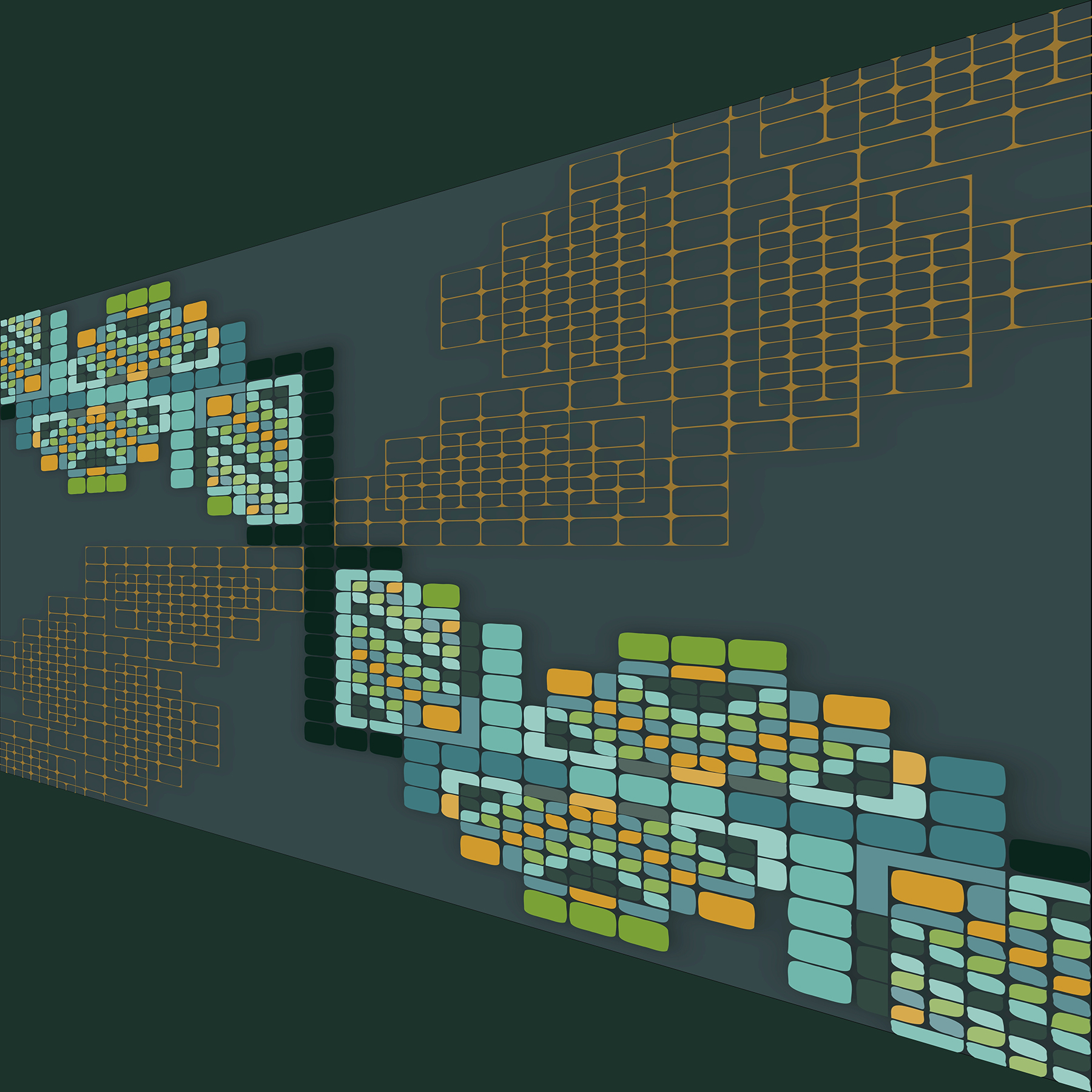Accredited as an American National Standards Institute (ANSI) developer and a submitter of Industry Trade Agreements to the IEC, the VSO provides its members with the ability to develop and promote open technology standards. The VSO meets every two months to address embedded bus and board industry standards issues.
VSO study and working group activities
Standards within the VSO may be initiated through the formation of a study group and developed by a working group. A study group requires the sponsorship of one VITA member, and a working group requires sponsorship of at least three VITA members.
Work in progress
Several working groups have current project work underway; the following roundup summarizes those projects.
VITA 17.1: Front Panel Data Port (FPDP)
Objective: This standard defines a multi-drop synchronous parallel non-addressable bus connection between multiple boards in a single chassis. Extension specifications define protocols for specific use cases.
Status: ANSI/VITA 17.1 was opened up for minor edits and has completed the process for re-accreditation. A VITA 17.3 working group was formed recently to incorporate the Interlaken protocol for packet transfers scaling from 10 Gbps to 100 Gbps.
ANSI/VITA 42.0: XMC Switched Mezzanine Card Base Specification
Objective: This standard defines a PMC form factor with open standard switch fabric interconnects.
Status: Currently being modified to allow the use of solder ball XMC connectors.
VITA 46.11: System Management on VPX
Objective: This standard defines a system management architecture for VPX systems.
Status: Currently in “VITA Draft Standard for Trial Use” status. The specification was approved for submission for ANSI accreditation.
ANSI/VITA 49.x: VITA Radio Transport (VRT)
Objective: The VITA Radio Transport (VRT) standard defines a transport-layer protocol designed to promote interoperability between radio frequency receivers and signal processing equipment in a wide range of applications. The VRT protocol provides a variety of formatting options allowing the transport layer to be optimized for each application. The ANSI/VITA 49.1 VITA Radio Link Layer (VRL) standard specifies an optional encapsulation protocol for VITA 49.0 (VRT) packets.
Status: The working group has completed revisions to VITA 49.0 and VITA 49.1; both were approved to be submitted for ANSI accreditation. The VITA 49a working group has completed a document for control packet and spectrum analyzer packet specifications and has voted to submit for ANSI accreditation.
VITA 57.4: FMC
Objective: The goal of this project is to develop a next-generation specification calling for a new set of connectors to support higher-speed serial interfaces.
Status: The working group has reviewed connector options and is working on a draft specification.
ANSI/VITA 65: OpenVPX Architectural Framework for VPX
Objective: The OpenVPX architectural framework specification is a living document that is continuously being updated with new profile information and corrections.
Status: The working group is currently receiving input on new profiles for the next edition. A proposal was presented to enable the working group to incorporate profiles into the specification faster and more effectively.
VITA 66: Optical Interconnect on VPX – Half Width MT
Objective: The VITA 66 base standard defines physical features of a stand-alone compliant blind mate Optical Interconnect for use in VPX systems. This standard defines a Half Width MT style contact variant.
Status: The working group has submitted VITA 66.4 for ANSI balloting, the final step to an approved specification.
VITA 67.3: VPX: Coaxial Interconnect, 6U, Four Position SMPM Configuration
Objective: This specification details the configuration and interconnect within the structure of VITA 67.0, enabling a 6U VPX interface containing multi-position blind mate analog connectors with up to four SMPM contacts.
Status: The working group has begun work on the draft specification.
VITA 68: VPX: Compliance Channel
Objective: This standard defines a VPX compliance channel including common backplane performance criteria required to support multiple fabric types across a range of defined baud rates. This allows backplane developers to design a backplane that supports required Bit Error Rates (BER) for multiple fabric types. This also allows module developers to design plug-in modules that are interoperable with other modules when used with a compliant backplane.
Status: The working group has developed a simulated model and is now collecting actual performance data to help refine the models when the specification goes to “Trial Use” status.
VITA 78-NGSIS: SpaceVPX Systems
Objective: This document describes an open standard for creating high-performance, fault-tolerant, interoperable back-planes and modules to assemble electronic systems for spacecraft and other high-availability applications. Such systems will support a wide variety of use cases across the aerospace community. This standard leverages the OpenVPX standards family and the commercial infrastructure that supports these standards.
Status: Approved by ANSI and posted to the VITA store for purchase.
VITA 79-Embedded Photonics
Objective: This working group is chartered with developing a standard based on work done by the JEDEC 13.6 subcommittee for photonics. This is the first step in preparing a series of projects to address using optical backplane technology in the future.
Status: The working group is currently working on developing an environmental qualification document that encompasses complimentary features from various U.S. and European standards.
Participating in these working groups is a great way to influence the direction of the next generations of technology important to the critical embedded computing industry. Contact VITA if you are interested in participating in any of these working groups, and for details on upcoming VSO meetings.
Copies of all specifications reaching ANSI recognition are available from the VITA website. For a more complete list of VITA specs and their status, go to www.vita.com/Specifications.







